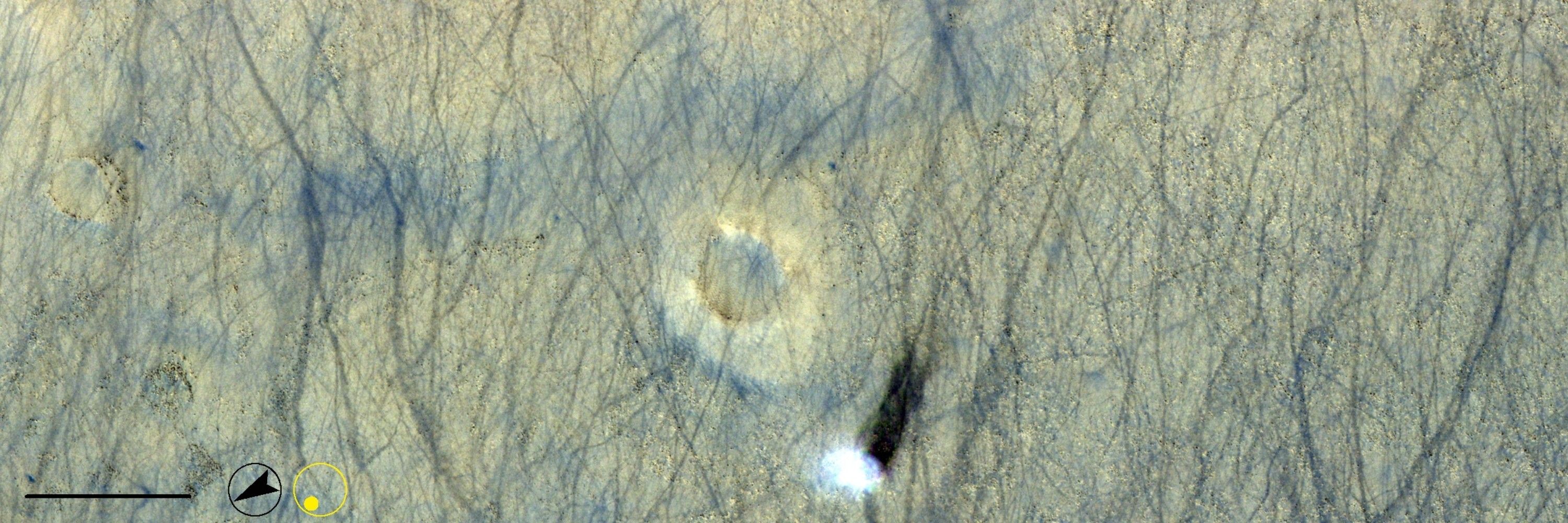
Birds and food too.
🧪🔭 #planetsci
doi.org/10.1038/s415...

🧪🔭 #planetsci
doi.org/10.1038/s415...
🔭🧪 #planetsci
www.esa.int/Applications...

🔭🧪 #planetsci
www.esa.int/Applications...


go.nature.com/4pn3KL9

go.nature.com/4pn3KL9
A blue cheese bacon burger on special at the Old Bookbinders in Jericho.
Super tasty, excellent fries, and a great bitter in the casks.
This place is always so warm and cozy and just lovely inside. So inviting after a chilly autumn walk up the canal.

A blue cheese bacon burger on special at the Old Bookbinders in Jericho.
Super tasty, excellent fries, and a great bitter in the casks.
This place is always so warm and cozy and just lovely inside. So inviting after a chilly autumn walk up the canal.
In all my years here, I've never tried the Sunday roast offered by the Kings Arms.
Until today.
Roast was tasty, @mhairireid.bsky.social's dad was happy, cabbage was nice. Cozy place that we were lucky to find a spot in!

In all my years here, I've never tried the Sunday roast offered by the Kings Arms.
Until today.
Roast was tasty, @mhairireid.bsky.social's dad was happy, cabbage was nice. Cozy place that we were lucky to find a spot in!
Keep your eyes peeled!
It will carry ESCAPADE to Mars!!
The 5th NASA SIMPLEX low-cost science mission.
Let's go #ESCAPADE!!
🔭🧪 #planetsci
www.blueorigin.com/missions/ng-2

Keep your eyes peeled!
It will carry ESCAPADE to Mars!!
The 5th NASA SIMPLEX low-cost science mission.
Let's go #ESCAPADE!!
🔭🧪 #planetsci
www.blueorigin.com/missions/ng-2
To the moon!!!!
🧪🔭🌕🌚🌛🌜
theconversation.com/whats-gone-w...

To the moon!!!!
🧪🔭🌕🌚🌛🌜
theconversation.com/whats-gone-w...
This saved piece is on display outside the physics department at the University of Bern.
@unibe.ch 🧪



This saved piece is on display outside the physics department at the University of Bern.
@unibe.ch 🧪
@stephenwolfram.bsky.social
@ox.ac.uk
@oxfordphysics.bsky.social
🧪

@stephenwolfram.bsky.social
@ox.ac.uk
@oxfordphysics.bsky.social
🧪
Dropped in 2015. 🧪
en.wikipedia.org/wiki/Interme...

Dropped in 2015. 🧪
en.wikipedia.org/wiki/Interme...
🧪🔭 #planetsci

🧪🔭 #planetsci
In honour of all curlews, we present the Whimbrel. Closely related to the Eurasian curlew, but smaller and maybe less threatened.
These big, beautiful shorebirds roam widely and are long-lived, but disappearing from our world🪶🦉

In honour of all curlews, we present the Whimbrel. Closely related to the Eurasian curlew, but smaller and maybe less threatened.
These big, beautiful shorebirds roam widely and are long-lived, but disappearing from our world🪶🦉
I have seen the dot observed with perseverance, and the weak signal in our spectrometer data, but the tracking and coma from CaSSIS are sure to impress!
🔬🧪 #planetsci
www.esa.int/Science_Expl...
I have seen the dot observed with perseverance, and the weak signal in our spectrometer data, but the tracking and coma from CaSSIS are sure to impress!
🔬🧪 #planetsci
www.esa.int/Science_Expl...
This keeps the icy moons at the forefront of interest and high priority targets!! Can't wait for Juice!
🔭🧪 #planetsci
doi.org/10.1038/s415...

This keeps the icy moons at the forefront of interest and high priority targets!! Can't wait for Juice!
🔭🧪 #planetsci
doi.org/10.1038/s415...
🪶🦉

🪶🦉
Nothing like getting back into the birds of the Western Cape to remind us of sunshine!!
These are blue cranes! Rare and huge, but found in the farmland of the Overberg region. 🪶🦉


Nothing like getting back into the birds of the Western Cape to remind us of sunshine!!
These are blue cranes! Rare and huge, but found in the farmland of the Overberg region. 🪶🦉



www.bbc.com/news/article...

www.bbc.com/news/article...


#EPSCDPS #EPSC2025 #planetsci #Mars 🔭🧪

#EPSCDPS #EPSC2025 #planetsci #Mars 🔭🧪
#EPSCDPS #EPSC2025 #planetsci #Mars 🔭🧪


#EPSCDPS #EPSC2025 #planetsci #Mars 🔭🧪



